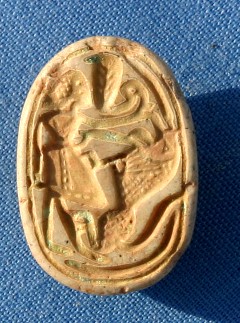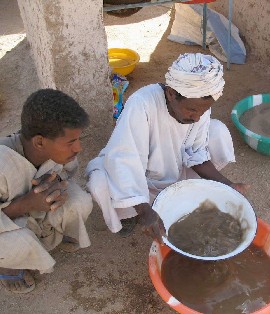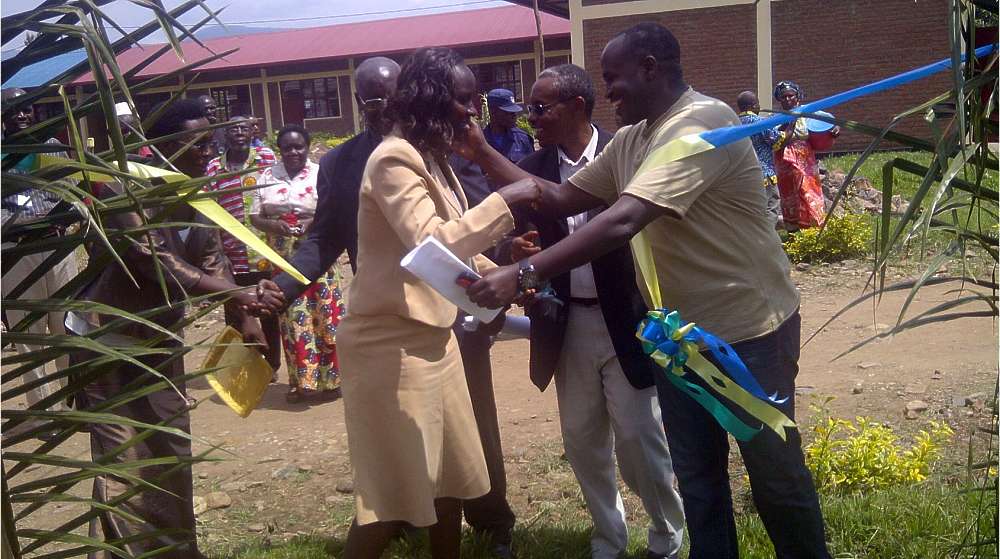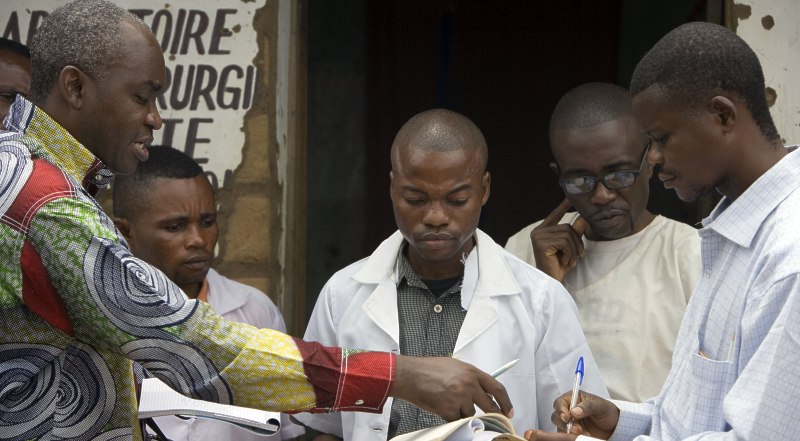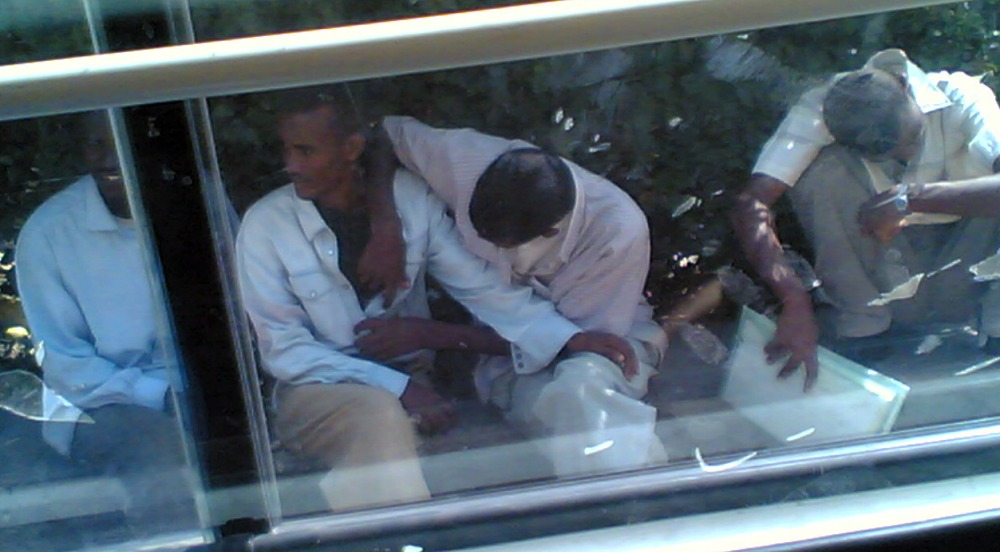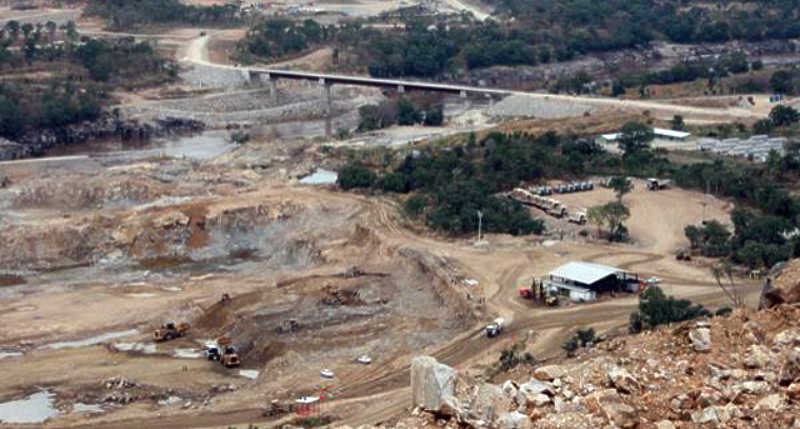|
Sudan Culture - Arts | Science - Education Gold processing centre found in ancient Kush (Sudan)
A team from the US University of Chicago's Oriental Institute has found more than 55 grinding stones made of granite-like gneiss along the Nile at the site of Hosh el-Geruf, about 360 kilometres north of Khartoum, Sudan. The region was also known as Nubia in ancient times and probably formed part of the ancient African kingdom of Kush.
The lake to be formed by this dam will flood about 160 kilometres of the Nile Valley in an area that had previously seen no archaeological work. "Surveys suggest that there are as many as 2,500 archaeological sites to be investigated in the area," Mr Emberling said. Fortunately, Sudanese and foreign archaeologists have been working in the area since 1996. The area will probably be flooded next year, but the Chicago team says it hopes to return for another season of exploration. The sites studied by the team was said to "provide important new information on the ancient Kingdom of Kush," which flourished from about 2000 to 1500 BC. "The Kingdom of Kush was unusual in that it was able to use the tools of power-military and governance - without having a system of writing, an extensive bureaucracy or numerous urban centres," Mr Emberling said. "Studying Kush helps scholars have a better idea of what statehood meant in an ancient context outside such established power centres of Egypt and Mesopotamia," he added. Among the artefacts found in burials nearby at the site al-Widay were pottery vessels that appear to have been made in the centre of the kingdom, a city called Kerma, some 360 kilometres downstream. The graves for the cemetery, which were for elite members of the community, included 90 closely-packed, roughly constructed stone circles covered shafts that were circular and lined with stones, a feature noted in the so-called Pan Graves of Lower Nubia and Egypt during the Second Intermediate Period, about 1700 BC., said Mr Emberling. "These, and the broad-bottomed black-topped cups they contained, are generally assigned to the Medjay, people of the Eastern Desert, who at times served as soldiers and police in Egypt." "A few of the tombs had the rectangular shafts of the later Classic Kerma burials, graceful tulip-shaped beakers and jars of Kerma type and even imported vessels from Egypt, as well as scarabs and faience and carnelian beads, and there were even several beds or biers," he said. "Finds of Kerma material at the Fourth Cataract was one of the major surprises of the salvage effort and suggests the leaders of Kush were able to expand their influence much further than was previously known, possibly including as much as 1,200 kilometres along the banks of the Nile," added Mr Williams. By staff writer © afrol News - Create an e-mail alert for Sudan news - Create an e-mail alert for Culture - Arts news - Create an e-mail alert for Science - Education news
On the Afrol News front page now
|
front page
| news
| countries
| archive
| currencies
| news alerts login
| about afrol News
| contact
| advertise
| español
©
afrol News.
Reproducing or buying afrol News' articles.
You can contact us at mail@afrol.com


